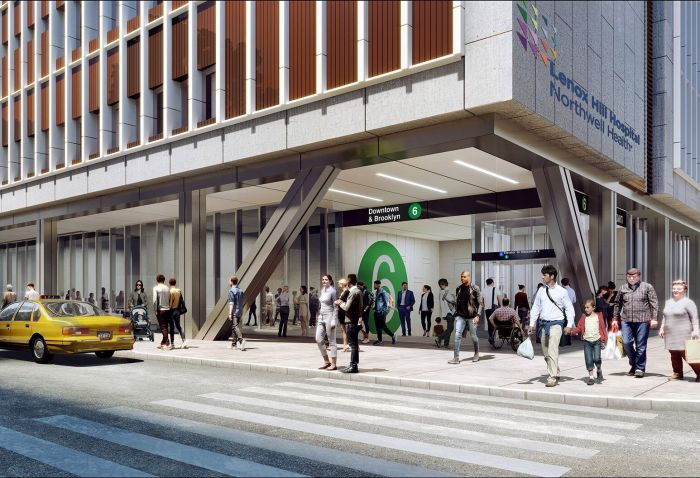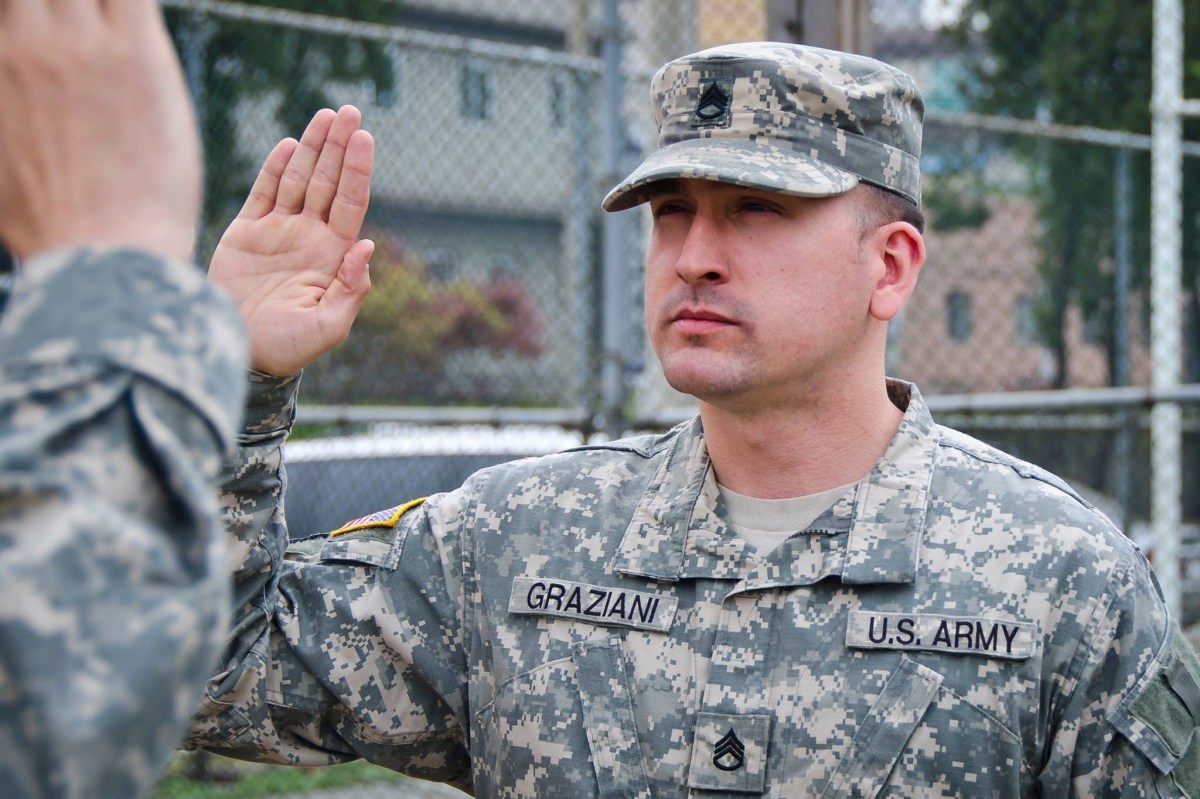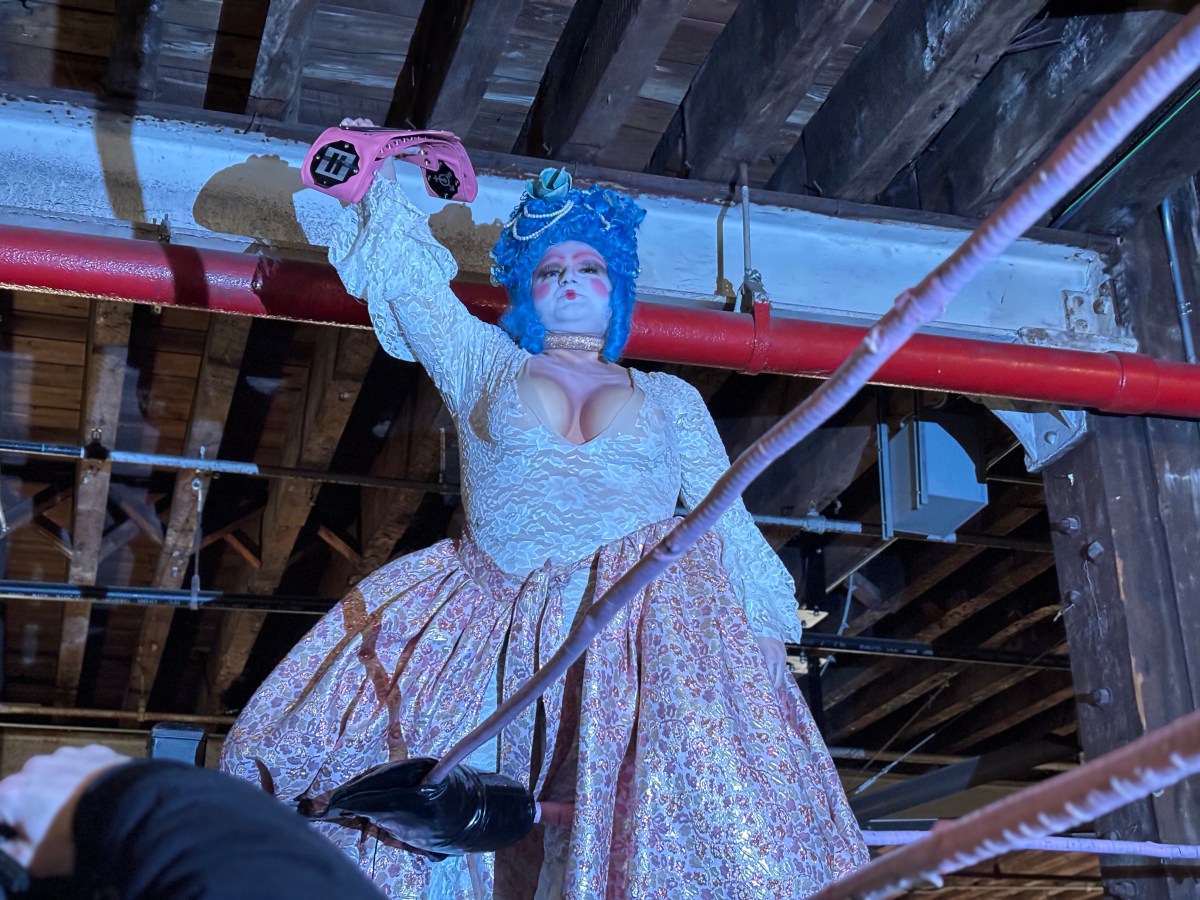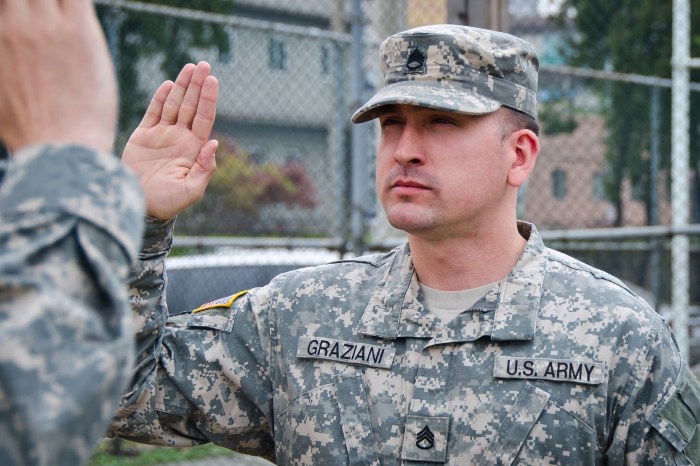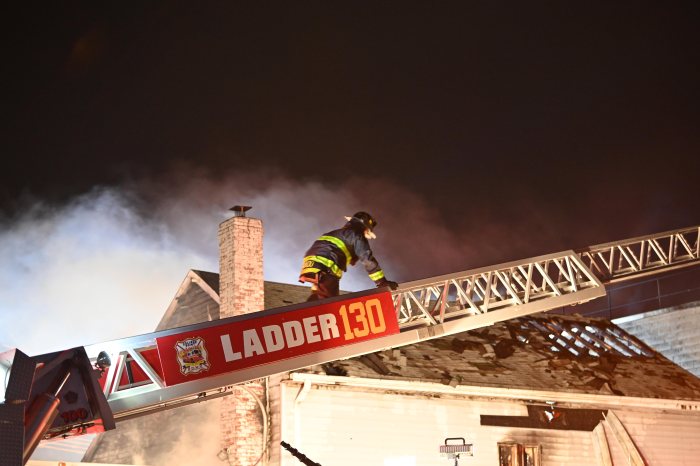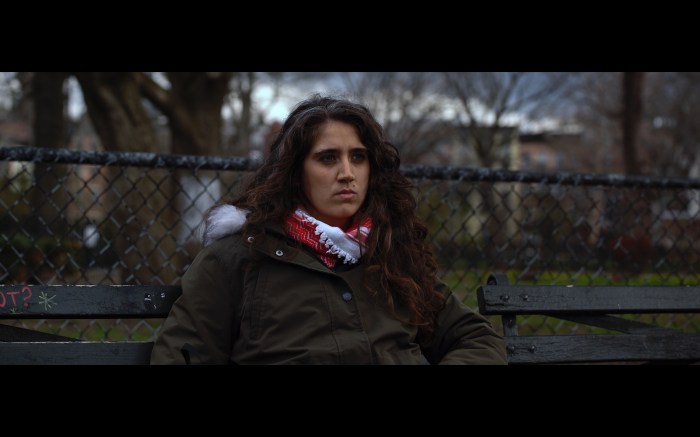Ever since Rita Joseph had her home in the Ocean Bay Bayside Apartments renovated under a new public housing model called RAD, neighbors have been asking her what to expect.
She tells them they have a lot to look forward to, suggesting the initiative lives up to its name.
“Oh it’s fabulous,” Joseph said, while standing in a kitchen beside her new refrigerator, countertops and cabinets on Sunday. “Everybody that comes in here can’t believe the transformation from how it was.”
But it is just the beginning for Joseph and the nearly 4,000 others living in the 24-building Far Rockaway campus.
On Monday, New York City Housing Authority officials and private partners will mark the kickoff of $325 million worth of repairs and resiliency measures at Ocean Bay, which was socked by Superstorm Sandy. Residents are slated to get new floors, bathrooms and kitchens in their apartments, have their buildings’ lobbies, security systems and exteriors upgraded and benefit from a slew of resiliency measures, including a floodwall.
The investments come after NYCHA spent years waiting for an opening in the federal government’s RAD — or Rental Assistance Demonstration — and ushering Ocean Bay into it.
Under RAD, NYCHA can fund Ocean Bay with Section 8 money rather than more politically vulnerable public housing funding streams. The Section 8 contract allows NYCHA to borrow debt against the Ocean Bay buildings and use it to fund major repairs and property management services.
RDC Development won a bid in 2016 to enter a 99-year contract with NYCHA, where they have a 50% stake in leasing the portfolio along with NYCHA, which maintains ownership of the land. The setup allowed NYCHA to hammer out an agreement that ensures residents’ housing rights remain relatively unchanged and that they do not have to pay more than 30% of their income in rent.
“We’re very excited about it,” said Nicole Ferreira, executive vice president for real estate at NYCHA. “Basically it’s complete rehabilitation to these buildings … we’re talking about roofs and kitchens and bathrooms and floors and elevators, when needed.”
Work began on apartments in mid-March, according to Michael Rooney, principal of MDG Design + Construction, one of four groups that make up RDC Development.
So far apartment floors have been redone and bathrooms and kitchens have been renovated in four of the 24 buildings.
After internal apartment work, hallways will be repaired, building lobbys and exterior entryways will be redone, and piping for new boilers will be installed.
The three-year project also involves setting up a new security camera system with key-fobs, placing metal sheets under windows to prevent water from seeping in, and repairing brick facades and roofs.
As part of the initiative, many key building systems are being raised above the first floor, which was flooded during Sandy, leaving residents without heat, hot water and electricity. New boilers encased in protective rooms will be trucked in this summer, and lifted by crane onto the roofs. Workers are building 11 new structures to house electrical systems. And solar panels are slated to be installed on some roofs.
Additionally, a flood wall covered in greenery will surround most of the development, with missing links programmed to raise up and fully enclose the buildings when water levels reach a certain height.
“This will now be a safe haven for Far Rockaway,” Rooney said.



